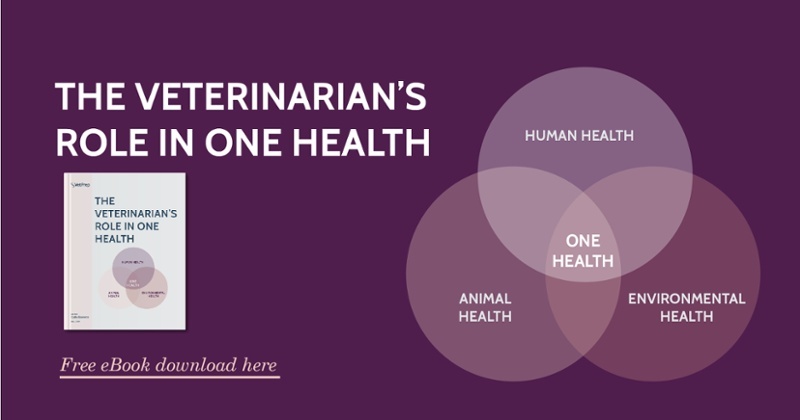
History of Antibiotics
Antibiotic resistance has been a concern since 1940, twelve years after the introduction of penicillin. Unfortunately, as each new antibiotic is introduced (often in an effort to combat antibiotic resistance), resistant strains appear to emerge soon after.
Examples of antibiotic resistance development include the following:(1)

As you can see, there isn’t always a long delay between the introduction of a new antibiotic and the development of resistant bacterial strains!
Every year, in the United States alone, approximately 2 million people are infected with antibiotic-resistant bacteria; approximately 23,000 individuals die each year as a result of antibiotic-resistant infections.(1) These numbers are expected to become even larger as an increasing number of individuals are prescribed long-term immunosuppressive drugs for organ transplants and other medical conditions.
Antibiotic Resistance Mechanisms
Antibiotic resistance is often a result of the selective pressures that antibiotics exert upon a bacterial population. When an infection is treated with an antibiotic, the bacteria that are most susceptible to the antibiotic are the first to die. When antibiotics are discontinued, small numbers of antibiotic-resistant bacteria may be left behind. In some cases, these bacteria reproduce and proliferate. This leads to an antibiotic-resistant infection, which not only has effects on the infected animal but can also be transmitted to others.


Bacteria can also develop resistance through plasmids. Plasmids are genetic structures, often found as circular pieces of DNA in the cytoplasm of a bacterium or protozoan, that replicate independently of the chromosomes.
These plasmids can be transmitted from one bacterium to another, allowing the spread of antibiotic resistance genes.
Bacteria may use a number of different strategies to resist antibiotics. Examples include:
- Prevent the antibiotic from entering the cell
- Actively pump the antibiotic out of the cell
- Alter or destroy the antibiotic once it is inside the cell
- Change cell targets or processes to prevent the harmful effects of the antibiotic(2)
What laws govern the use of antibiotics in veterinary patients?
In 2017, a series of laws were introduced that require veterinary oversight when medically-important antibiotics (antibiotics that may be used in human medicine) are administered in the feed of a food animal species.(2) Food animal species, in this case, may include cattle, swine, and even honeybees, among others.
Veterinary Feed Directives are intended to reduce the indiscriminate use of antibiotics in food animals. This is seen as an area of concern, because antibiotic-resistant infections in food animals can be readily passed to humans when that food animal is consumed.
Are there guidelines available for small animal veterinarians?
While there are currently no specific laws to prevent antibiotic resistance in small animal patients, there is a movement by various professional organizations towards more responsible use of antibiotics in order to minimize the risk of antibiotic resistance.
The AVMA has developed some general guidelines outlining responsible antibiotic usage in the treatment of common companion animal species.(3) These guidelines are intended to ensure that antibiotics are used only when necessary and that other interventions are considered when appropriate.
Additionally, a number of organizations have released improved guidelines for the selection of appropriate antibiotics for common bacterial infections. These guidelines typically outline appropriate treatment durations, because treating for both insufficient and excessive intervals may encourage the development of resistant bacteria. Urinary tract infections(4), respiratory infections(5), dermatologic infections(6), and others are all covered under published guidelines.
Veterinarians play a valuable role in limiting antibiotic resistance by limiting the prescribing of antibiotics, making thoughtful antibiotic selections, and using appropriate treatment durations.
How can I educate clients about the importance of antibiotic resistance?
When discussing or prescribing antibiotics, look for opportunities to mention the topic of antibiotic resistance. While it’s a topic that all of us in the veterinary profession are familiar with, many clients just don’t think about the topic of antibiotic resistance and the effects that it can have!
Look for opportunities to mention the following items to clients:
- Always finish the full course of antibiotics, even if the pet’s condition appears to have resolved. Stopping the antibiotics at the first sign of improvement ensures that only the most-susceptible bacteria have died; resistant bacteria could be left behind. An antibiotic-resistant infection can be far more difficult and expensive to treat!
- Never give antibiotics that were not prescribed for that particular pet and condition. Antibiotics are prescribed specifically for a given infection, at a specific dose and duration. Sharing antibiotics between patients increases the likelihood of creating antibiotic resistance.
- Use caution when disposing of antibiotics. Antibiotics that are flushed down the toilet or sent to a landfill can enter the water supply, resulting in low levels of environmental antibiotic exposure and increasing the likelihood of resistance bacteria. Return expired medications to pharmacy or community “take-back” programs.
References
- Centers for Disease Control. About Antimicrobial Resistance. Retrieved from https://www.cdc.gov/drugresistance/about.html
- American Veterinary Medical Association. Veterinary Feed Directive Basics. Retrieved from https://www.avma.org/KB/Resources/Pages/VFD123.aspx
- American Veterinary Medical Association. Antimicrobial Use in Veterinary Practice. Retrieved from https://www.avma.org/KB/Resources/Reference/Pages/Antimicrobial-Use-in-Veterinary-Practice.aspx
- Weese, JS, et al. 2019. International Society for Companion Animal Infectious Diseases (ISCAID) guidelines for the diagnosis and management of bacterial urinary tract infections in dogs and cats. Vet Journal. 247(May):8-25. Retrieved from https://www.sciencedirect.com/science/article/pii/S109002331830460X
- Lappin, MR, et al. 2017. Antimicrobial use Guidelines for Treatment of Respiratory Tract Disease in Dogs and Cats: Antimicrobial Guidelines Working Group of the International Society for Companion Animal Infectious Diseases. J Vet Intern Med. 31:279–294. Retrieved from https://onlinelibrary.wiley.com/doi/pdf/10.1111/jvim.14627
- Hillier, A, et al. 2014. Guidelines for the diagnosis and antimicrobial therapy of canine superficial bacterial folliculitis (Antimicrobial Guidelines Working Group of the International Society for Companion Animal Infectious Diseases). Vet Derm. 25(3):163-e43. Abstract retrieved from https://www.ncbi.nlm.nih.gov/pubmed/24720433


